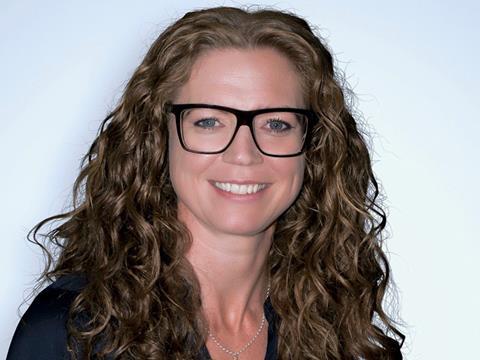
Tracy Sutton, packaging design consultant and founder of Root, tells us why ‘talking circularity’ will not solve the industry’s environmental dilemmas.
‘Circular Economy’ and ‘Circular’ were my greenwash words for 2020. I predict these have comfortable longevity to be used by many right through this forthcoming year, too. Hopefully, as a result of this article, we might see a fraction fewer mentions of these vague and misleading words.
Talking about how your business supports the circular economy and the Ellen MacArthur Foundation sounds great to non-environmental experts. Having a wonderful sustainability strategy talking about how you support circularity will entice and reassure many. Better still, having packaging that is circular sounds more impressive than recyclable, and is likely to remove a healthy amount of potential guilt a customer may feel when on the go, grasping for that single-use PET water bottle.
‘Circular economy’ is industry jargon I see used on old-style lengthy corporate social responsibility reports. I notice it more so in reports from companies who produce packaging that is not (and is never likely to be) widely recyclable or from industries whose packaging is particularly high carbon.
The crux is that there is only so much airtime and respect you can get shifting from one in-vogue marketing term to the next. There will only be so much light-weighting, simplifying and purifying single-use packaging you can do until you hit an environmental – and soon – economical brick wall. Even signing up to be the next brand on a reuse pilot will only get the NGOs off your heels for a little while.
Businesses built to be part of a disposable system or service are trying to shoehorn a few principles of the circular economy into their single-use products but it’s not working. They have forgotten a key factor that materials should be designed to be in use for as long as possible – how many packaging producers or brands do you know who lead the way in refillable or reusable packaging?
Why are we not seeing more investment or choice for reusable packaging? One of the challenges we face is that reuse models require the same attention and more investment than disposable models. While the intent might exist, the demand is simply not there yet – many citizens are interested in the novelty factor which overrides the initial extra expense, or time needed to do something differently. But, as many reusable pilots are done with insufficient budget or attention to user experience, the inevitable compromise occurs and the opportunity to convert a willing customer has been lost.
When it comes to the economics, some businesses expect a reuse model to bring home the same profits as a disposable model and when producers consider volumes, ROI and margins compared to single-use packaging, it’s not going to stack up because it’s being compared against a disposable business model.
Governments currently enable it to be economically viable to grow a business that uses resources via a single-use model. Over time, however, this will shift as governments increasingly tax polluters and focus more on penalising single use packaging – not just plastic.
In the years to come it will become less economically viable for the public and business to use resources in the linear, wasteful way that we do today. We will see a few entrepreneurial start-ups who have built their business model around the principles of a true circular economy. Those have done the research, met and exceeded customer expectations and jumped on the opportunity of new home-based behaviours as a result of Covid will thrive.
I’m yet to be convinced that some of the world’s biggest FMCG brands will truly succeed in successfully integrating reuse into their businesses. My feeling is that younger, more agile brands with business models and delivery systems suited to meet the needs of new consumers will drive the end of a few of the big players unless they unlock some real innovation in the next decade.
















